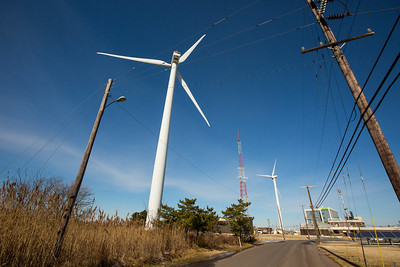Last summer, I wrote about the need for the Michigan Reconnect program to demand real value from Michigan’s community colleges. Rather than focusing on workforce development, community colleges should have a large role in economic development. Economic development is far more beneficial and sustainable than workforce development could ever hope to be.
A report published last month by the Education and Employment Research Center at Rutgers University has my back. The researchers offer a conceptual framework for community college involvement in regional economic development.
For decades, federal, state, and local governmental agencies as well as private employers have sunk billions of dollars into “workforce development.” For reasons that are still not clear, the strategy of providing minimal, narrowly focused training programs has not delivered the economic utopia it was supposed to.
Instead, it has created an army of minimally trained, narrowly focused workers who can’t find the economic stability that they, their families, and their communities need. Meanwhile, communities have a strong need for economic development, which – when done right – creates long-term, economically stable work opportunities and brings new industries to the area in a sustained and sustainable way.
Community colleges could be – and should be – part of the discussion on which industries to build and what support they need. I’ve written about examples of successful economic development that community colleges undertook in places like Pittsburgh and Lorain.
It’s very possible to use the resources a community has to create new long-term economic opportunities, but there has to be a lot of coordination at the local, county, and state levels for the effort to be successful.
Economic development has much more to offer
Hands down, economic development has much more to offer than workforce development does. Additionally, it’s more in keeping with the mission of community colleges. “Workforce development” is a Reagan-era strategy that should have been outed as a near-complete failure years ago. It does a better job of trapping people in poverty than it does in providing them with stable, high-wage employment.
If you’re wondering about the difference between workforce development and economic development, the former trains workers to meet the narrow needs of existing employers, while the latter builds regional industries and attracts new employers to an area. One of these approaches is clearly superior, so why are we wasting so much time and money on the other? Instead of devoting public resources to the assistance of private industry, why not use the funds to target and attract new industries and employers by building a capable, flexible, adaptable workforce?
Photo Credit: Phil Murphy , via Flickr



















